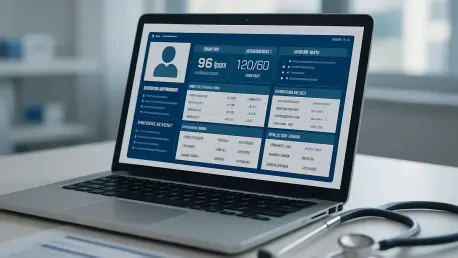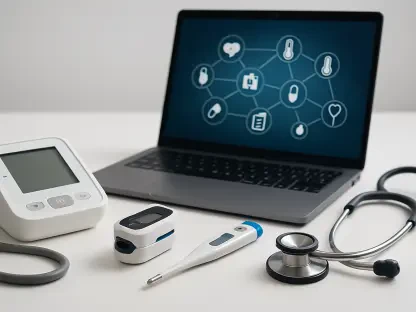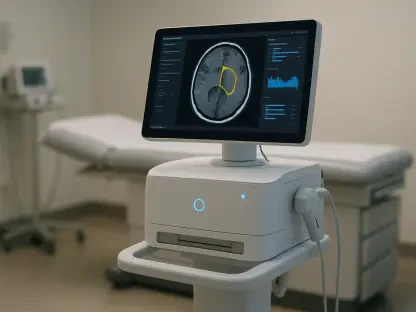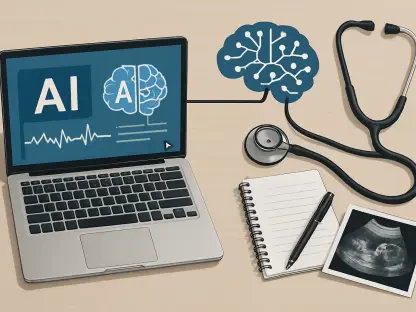Efficient management and treatment of opioid use disorder (OUD) in primary care is an escalating challenge amid rising opioid-related issues. Introducing electronic health record (EHR)-based clinical decision support systems into primary care could be a transformative approach that mitigates these concerns. A recent research study spanning several states explored how primary care clinics utilizing EHR-integrated tools fared compared to those without them. These systems reportedly improved the likelihood of prescribing naloxone and facilitating patient referrals for further treatment. In particular, young adults, males, and historically marginalized groups such as American Indian, Alaska Native, and Black patients were significantly more likely to benefit from these tools. Despite noted improvements in prescription rates and referrals, this integration failed to enhance patient adherence to treatment or reduce the incidence of overdoses—a significant caveat that warrants further exploration. The findings highlight the potential of technology in addressing treatment gaps, alongside existing challenges in primary care delivery systems.
Clinical Decision Support Systems
The study elucidated how EHR-integrated clinical decision support tools can play a pivotal role in addressing OUD treatment inefficiencies in primary care settings. These systems were shown to enhance the prescribing of vital medications like naloxone, which is crucial in overdose reversal, and facilitate the process of referring patients to ongoing care or specialty treatment centers. By integrating these decision-support frameworks into daily practice, primary care clinics demonstrated an improved capability to serve these critical roles. The effectiveness was particularly pronounced among certain demographic categories, especially young adults, males, and marginalized communities, suggesting that these technological interventions can offer targeted benefits. However, an alarming observation was that despite increased prescriptions and referrals, there seemed to be no significant improvement in treatment adherence among patients. Similarly, there was no substantial decline in overdose rates, indicating that while decision support systems are effective in driving initial treatment efforts, they fall short in maintaining long-term patient engagement and outcomes.
Challenges in Implementation
While the introduction of technology in addressing OUD treatment gaps is promising, the study also revealed significant challenges faced by primary care clinicians. A notable barrier was the overwhelming workload, which diminished interest and engagement in OUD treatment. Due to demands placed on clinicians, even the supportive framework of EHR tools failed to translate into effective long-term recovery pathways for patients. The need for reduced workload pressures, organizational support, and robust training emerged as critical factors in overcoming barriers to effective OUD treatment. Moreover, the specificity of the study highlights a limitation—results are not universally applicable as potential patient misclassification through EHR algorithms could skew findings. This points to a complex interplay between technological solutions and healthcare delivery structures, suggesting that while technology can aid initial treatment engagement, it needs a more established support system within the clinical setting to drive sustained outcomes. Addressing the structural barriers in this context remains essential for leveraging technology effectively in combatting the opioid crisis.
Navigating the Future of OUD Treatment in Primary Care
Managing opioid use disorder (OUD) in primary care settings is becoming increasingly complex due to the surge of opioid-related issues. One promising approach is the integration of electronic health record (EHR)-based clinical decision support systems into primary care practices. This transformative strategy was the focus of a recent multi-state research study, which compared clinics utilizing these EHR tools with those that did not. The study found that these systems significantly increased the likelihood of prescribing naloxone and improved patient referrals for further treatment. Specifically, young adults, males, and historically marginalized populations like American Indian, Alaska Native, and Black patients were more likely to benefit from these tools. However, the integration did not improve patient adherence to treatment protocols or reduce overdoses—a critical issue that requires additional research. These findings underscore the potential for technology to address treatment gaps while also highlighting the ongoing challenges within primary care delivery systems.









